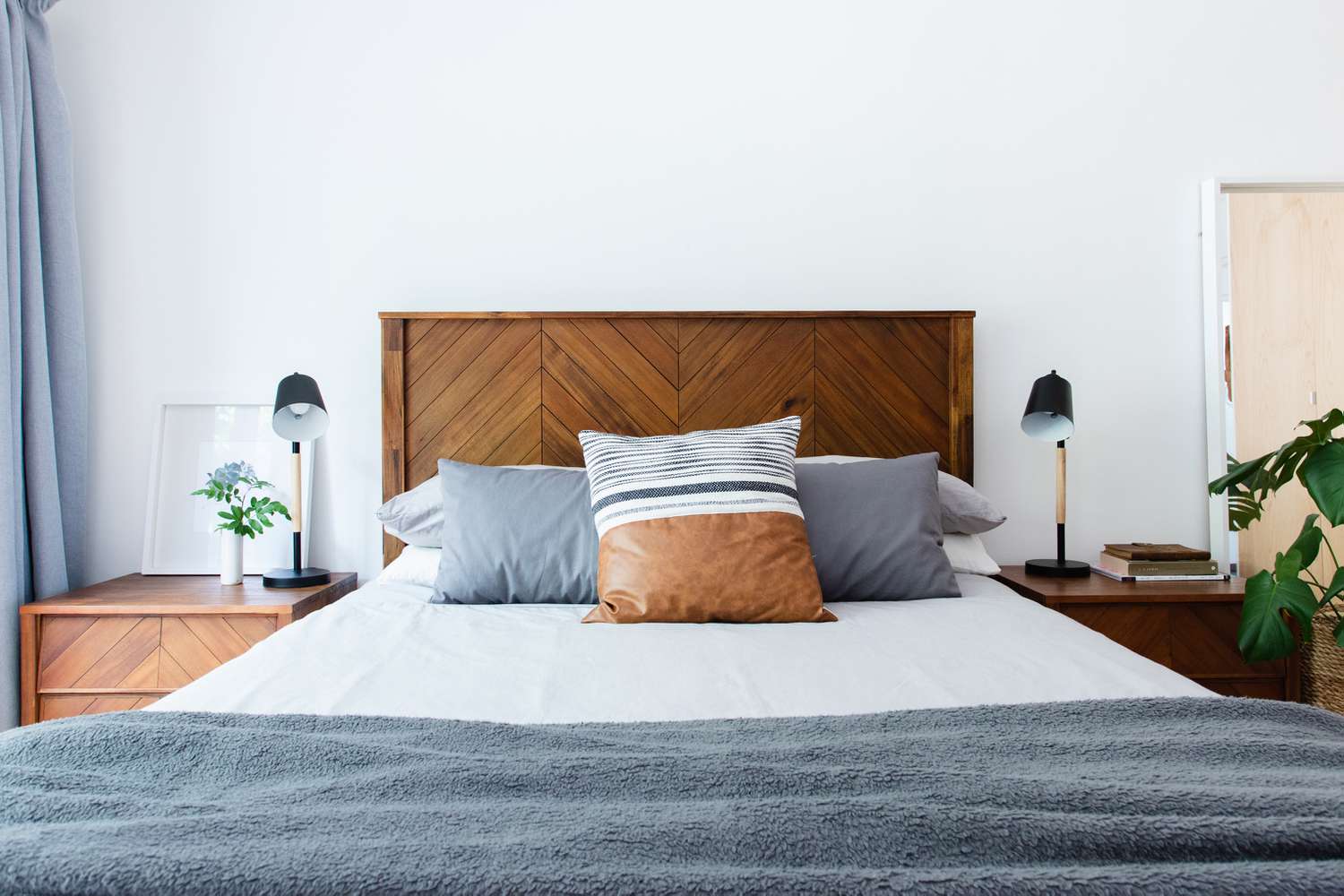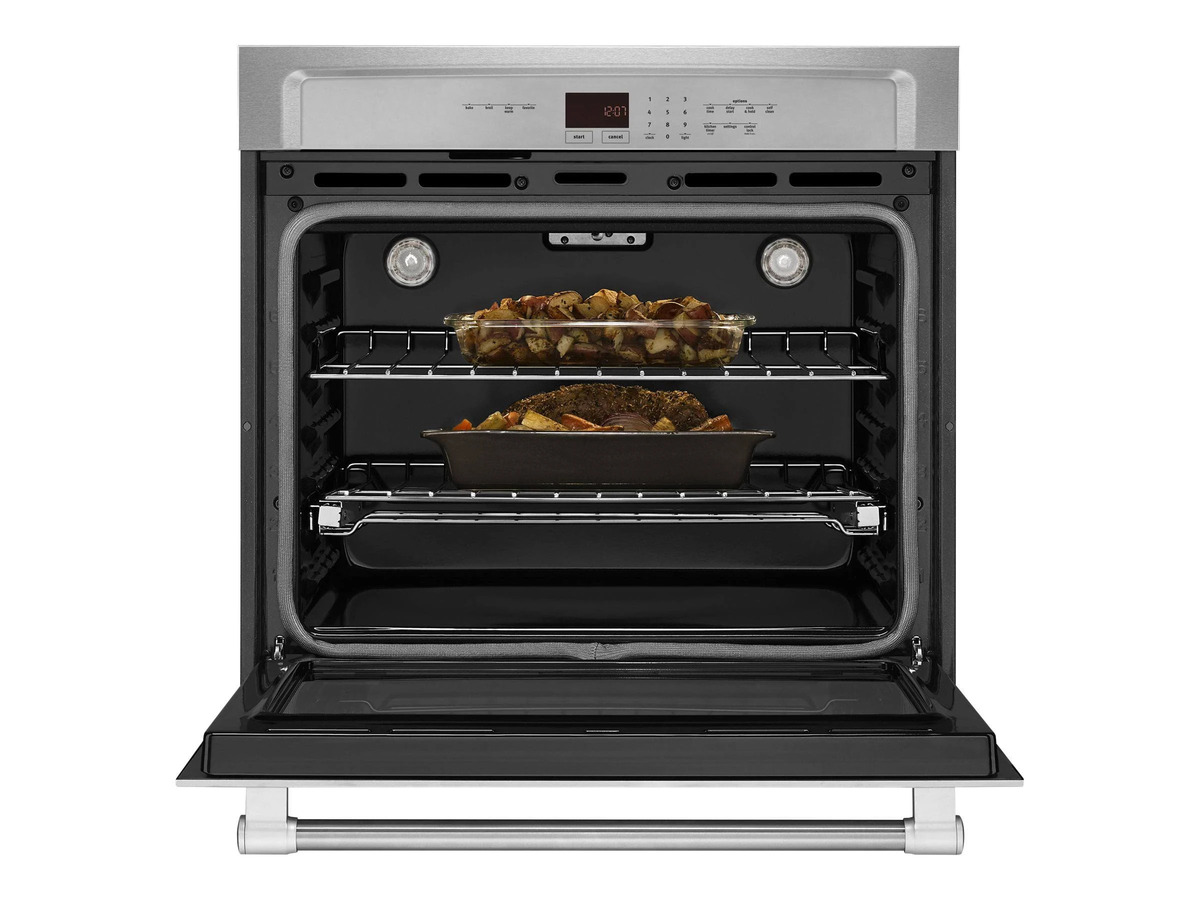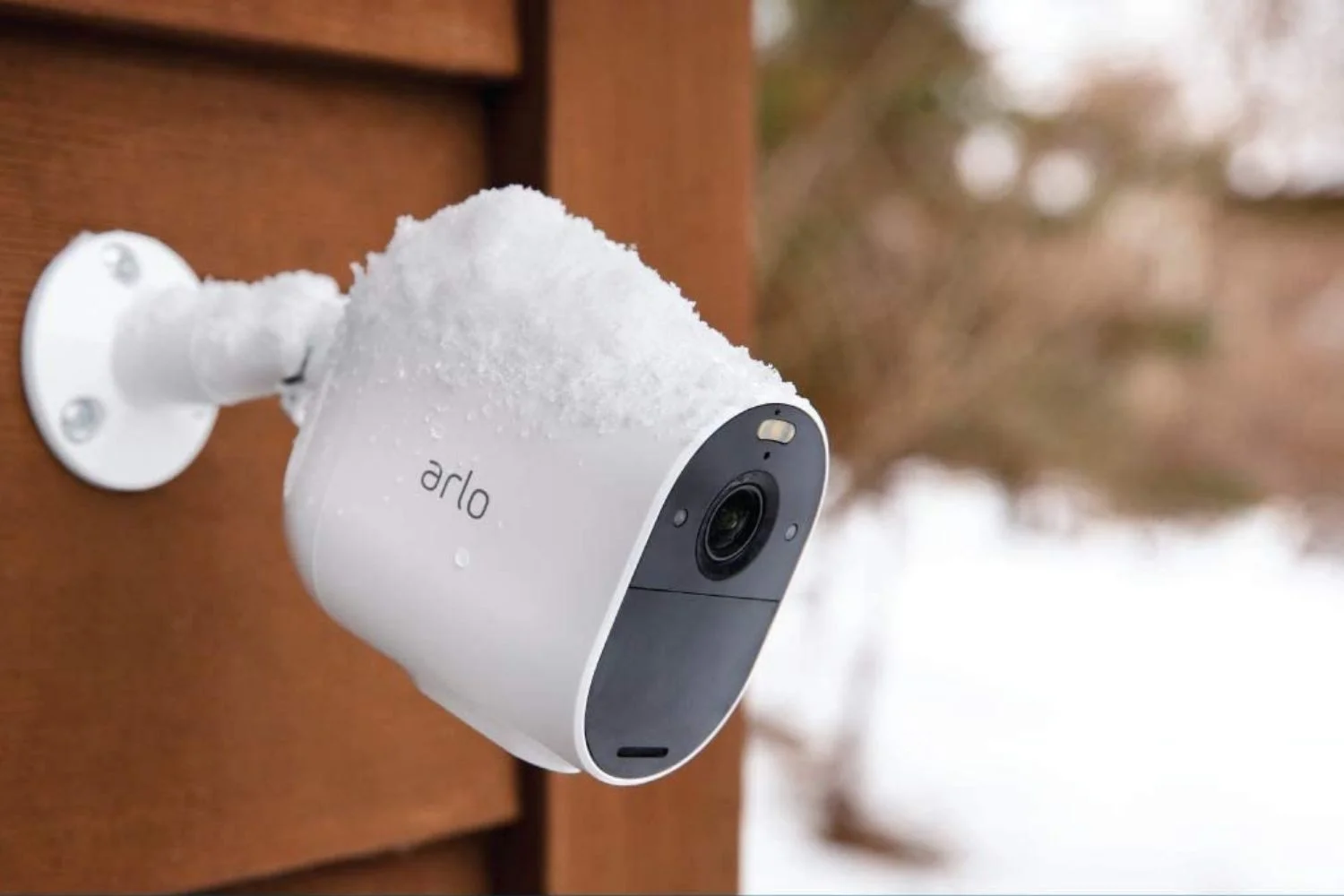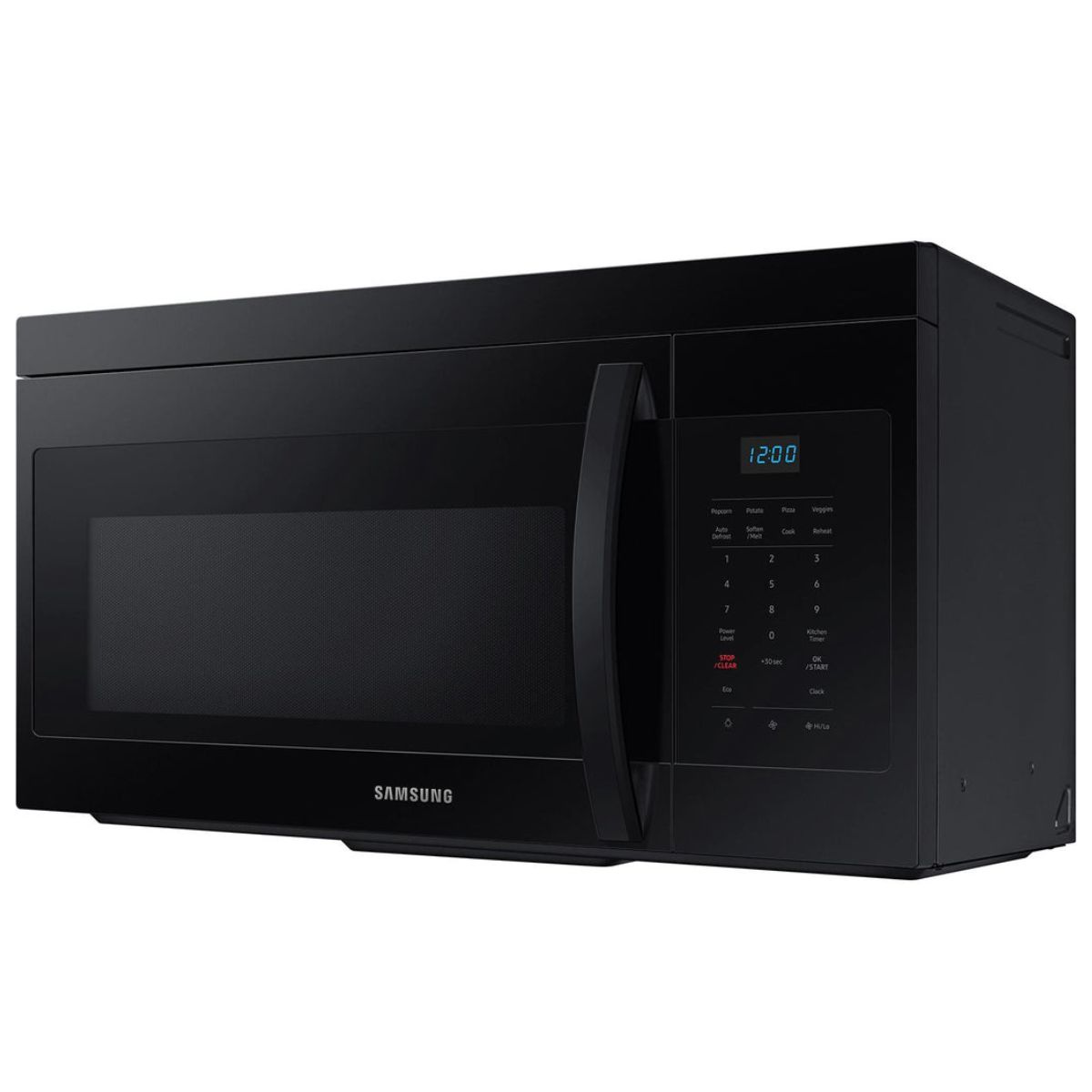Home>Interior Design>Bedroom Cleaning Hacks That Don’t Work: Try These Instead


Interior Design
Bedroom Cleaning Hacks That Don’t Work: Try These Instead
Modified: October 20, 2024
Discover effective interior design tips for cleaning your bedroom with these tried and tested hacks that actually work. Upgrade your cleaning routine with expert advice and transform your space.
(Many of the links in this article redirect to a specific reviewed product. Your purchase of these products through affiliate links helps to generate commission for Storables.com, at no extra cost. Learn more)
Introduction
When it comes to keeping our bedrooms clean and fresh, we often turn to various cleaning hacks that we come across online or hear from friends. These hacks are shared with the best of intentions, but not all of them are effective. In fact, some of them can even do more harm than good.
In this article, we will explore some popular bedroom cleaning hacks that have gained traction but don”t actually work as well as advertised. We will also provide alternative solutions that are not only more effective but also safer for your furniture, fixtures, and overall bedroom environment.
So, if you”re ready to take a closer look at these bedroom cleaning myths and discover the truth behind them, let”s dive right in!
Key Takeaways:
- Say goodbye to ineffective bedroom cleaning hacks! From lemon for stains to fabric softener for dusting, discover safer and more effective alternatives for a cleaner and fresher bedroom environment.
- Don’t fall for common bedroom cleaning myths! Embrace alternative solutions like baking soda for odors and rubbing alcohol for stains to achieve a truly clean and well-maintained bedroom.
Read more: How To Fix E2 Error In A Washing Machine
Hack 1: Using Lemon to Clean Stains
One commonly shared cleaning hack suggests using lemon juice to remove stubborn stains from various surfaces in the bedroom. While lemons do contain natural acids that can act as a mild bleaching agent, relying solely on lemon juice may not be the most effective solution.
Firstly, lemon juice can be too acidic for certain materials, such as marble or delicate fabrics, causing discoloration or damage. Furthermore, lemon juice may not fully remove deep-set stains, especially those caused by substances like red wine or ink.
An alternative solution that is both effective and safe is to create a homemade cleaning paste using baking soda and water. Baking soda is a gentle yet powerful cleaner that can lift stains and deodorize surfaces without causing harm. Simply mix equal parts baking soda and water to form a paste, apply it to the stained area, and let it sit for a few minutes. Then, gently scrub with a soft cloth or sponge and rinse clean.
This baking soda paste works wonders on a variety of surfaces, including countertops, upholstery, and even mattresses. It effectively removes stains and odors, leaving your bedroom refreshed and stain-free.
Hack 2: Using Toothpaste to Remove Marker Stains
It’s a common belief that toothpaste can magically erase marker stains from various surfaces. While toothpaste does contain mild abrasives that can help remove some stains, it is not the most effective solution for dealing with marker stains.
Marker ink is designed to be long-lasting and resistant to fading, making it difficult to remove using ordinary household products. Toothpaste may be able to lighten the stain slightly, but it is unlikely to completely eliminate it.
If you’re faced with a stubborn marker stain in your bedroom, a better alternative is to use rubbing alcohol or isopropyl alcohol. These alcohol-based solutions are effective at breaking down the pigments in marker ink, making it easier to remove.
To use this method, simply dampen a clean cloth or cotton ball with rubbing alcohol and gently blot the marker stain. Do not rub aggressively as this can spread the stain. Instead, dab the stain until it starts to loosen and lift from the surface. Repeat the process as necessary until the stain is gone. Afterward, rinse the area with water and pat dry.
Remember to test the alcohol on a small, inconspicuous area of the surface first to ensure it doesn’t cause any damage or discoloration.
By using alcohol instead of toothpaste, you’ll have a better chance of effectively removing marker stains from your bedroom surfaces without causing any unwanted damage.
Hack 3: Using Baking Soda to Eliminate Odors
Baking soda is often touted as a miracle odor absorber and deodorizer. While it is true that baking soda has the ability to neutralize odors to some extent, it may not be the most effective solution for eliminating strong and persistent smells in your bedroom.
Using an open box of baking soda to absorb odors can work in small spaces like refrigerators or shoe cabinets, but its effectiveness diminishes in larger areas like bedrooms. Baking soda can only absorb odors that come into direct contact with it, which means it may not be able to completely eliminate odors that are deeply embedded in fabrics or carpets.
Instead of relying solely on baking soda, consider using other effective methods to tackle persistent odors in your bedroom. One option is to use activated charcoal. Activated charcoal is highly porous and has the ability to trap and absorb a wide range of odors. Place small bowls of activated charcoal in different areas of your bedroom or use charcoal air purifier bags to effectively combat odors.
Another effective way to eliminate odors in your bedroom is by using essential oils. Essential oils like lavender, eucalyptus, or lemon have natural deodorizing properties and can help freshen up the air. Simply mix a few drops of your preferred essential oil with water in a spray bottle and mist it around your bedroom to neutralize unpleasant odors.
While baking soda can still be used as a supplementary method for odor elimination, incorporating activated charcoal or essential oils into your cleaning routine will provide you with more effective and long-lasting results in combating odors in your bedroom.
Hack 4: Using Vinegar to Clean Windows and Mirrors
One popular cleaning hack suggests using vinegar as a multipurpose cleaner, including for windows and mirrors. While vinegar does have some cleaning properties, it may not be the best solution when it comes to achieving streak-free and crystal-clear surfaces.
Vinegar is slightly acidic, which can help dissolve dirt and grime on windows and mirrors. However, it can also leave behind streaks and a strong vinegar smell. Additionally, vinegar should not be used on certain surfaces, such as marble or granite, as it can etch and damage the stone.
If you’re looking for a more effective and streak-free solution for cleaning windows and mirrors, consider using a mixture of rubbing alcohol and distilled water. This combination not only helps to eliminate dirt and smudges but also evaporates quickly, leaving behind a crystal-clear finish.
To create your own window and mirror cleaning solution, mix equal parts rubbing alcohol and distilled water in a spray bottle. Spray the solution onto the surface and use a clean microfiber cloth to wipe away the dirt and grime. For stubborn stains or streaks, use a circular motion or change to a fresh side of the cloth.
Microfiber cloths are highly effective in cleaning windows and mirrors as they are designed to trap dirt and leave a streak-free finish. Avoid using paper towels or newspaper, as they can leave behind lint and streaks.
By using a rubbing alcohol and distilled water solution with a microfiber cloth, you will achieve sparkling clean windows and mirrors without the unwanted streaks and vinegar smell.
Hack 5: Using Newspaper to Clean Glass Surfaces
Using newspaper to clean glass surfaces is a hack that has been passed down through generations. The idea behind it is that the ink on the newspaper helps to remove dirt and grime, leaving windows and other glass surfaces sparkling clean. However, this hack may not yield the best results.
Newspaper ink has changed over the years and is now formulated to be eco-friendly, resulting in less transfer of ink onto the glass. This means that using newspaper alone may not be as effective as it once was in removing dirt and achieving a streak-free shine.
Instead of relying solely on newspaper, consider using a microfiber cloth or a squeegee for optimum cleaning results. Microfiber cloths are designed to effectively capture dirt and grime without leaving behind streaks. They are also reusable and can be easily washed for future use.
If you prefer using a squeegee, choose one with a rubber blade and ensure it is clean and free from any debris. Wet the glass surface with a cleaning solution, whether it’s a store-bought glass cleaner or a homemade mixture of vinegar and water, and use the squeegee in a smooth and even motion to remove the solution from the glass.
Another tip to achieve a streak-free shine is to clean your glass surfaces on a cloudy day or in the evening when the sun is not directly shining on the glass. This helps to prevent the cleaning solution from drying too quickly and leaving streaks behind.
While newspapers can still be used in a pinch, incorporating microfiber cloths or a squeegee into your cleaning routine will ensure that your glass surfaces are cleaned effectively and left streak-free.
When cleaning your bedroom, avoid using vinegar on hardwood floors as it can damage the finish. Instead, use a mild soap and water solution for safe and effective cleaning.
Hack 6: Using Dryer Sheets to Freshen Up Linens
Using dryer sheets to freshen up linens, such as bedsheets and curtains, is a popular hack that many people swear by. The soft fragrance of dryer sheets can leave a pleasant scent on fabrics, making them appear and smell cleaner.
However, while dryer sheets may impart a temporary fresh scent, they may not effectively remove odors or provide long-lasting freshness. Dryer sheets primarily work by releasing a thin layer of chemicals onto the fabric as it tumbles in the dryer. This layer can create a temporary odor-masking effect, but it does not actually eliminate the source of odors in the fabric.
For a more effective and longer-lasting solution to freshening up linens, consider utilizing natural alternatives that actually eliminate odors. One option is to use baking soda, which is known for its odor-absorbing properties. Simply sprinkle a light layer of baking soda onto the surface of your linens and let it sit for a few hours, or overnight if possible. Then, vacuum or shake off the baking soda to remove any residue. This method effectively absorbs odors, leaving your linens smelling fresh and clean.
Another natural alternative is to create a homemade linen spray using essential oils and water. Essential oils such as lavender, chamomile, or eucalyptus have natural antibacterial properties and delightful scents. Simply mix a few drops of your chosen essential oil with water in a spray bottle, and lightly mist your linens. Allow them to air dry and enjoy the natural and inviting aroma.
By opting for natural alternatives like baking soda or essential oils, you can freshen up your linens in a more effective and sustainable way, without the potential chemicals that dryer sheets may contain.
Hack 7: Using Salt to Absorb Carpet Stains
Using salt to absorb carpet stains is a hack that many people rely on when dealing with spills or stains on their carpets. The idea behind this hack is that salt can help draw out the moisture and stain from the carpet fibers, making it easier to remove. However, this hack may not be as effective as it seems.
Salt does have some absorbent properties, which can help to soak up moisture from the surface of the carpet. However, when it comes to stubborn stains like red wine or ink, salt alone may not fully eliminate the issue. It may only provide a temporary solution by absorbing some of the liquid, while leaving behind the actual stain.
An alternative solution that provides more effective stain removal is to create a homemade cleaning mixture using dish soap and warm water. Mix a few drops of dish soap with warm water in a spray bottle, and lightly spray the stained area. Gently blot the stain with a clean cloth or sponge, being careful not to rub it into the carpet fibers, which can lead to further staining or damage. Repeat the process as necessary until the stain is no longer visible.
If the stain is particularly stubborn, consider using a carpet stain remover specifically designed for the type of stain you’re dealing with. These stain removers are formulated to penetrate deeply into the carpet fibers, breaking down the stain and making it easier to remove.
Once the stain has been successfully eliminated, use a clean cloth or paper towel to blot any excess moisture from the carpet. Allow the area to air dry completely before walking on it or replacing any furniture.
While salt may help absorb some moisture from carpet stains, it is not the most effective solution for complete stain removal. Utilizing dish soap and warm water or a targeted carpet stain remover will give you better results and ensure that your carpets are free from unsightly stains.
Hack 8: Using Coffee Grounds to Eliminate Unwanted Smells
Using coffee grounds to eliminate unwanted smells is a popular hack that many people rely on to freshen up their indoor spaces. The strong aroma of coffee is said to absorb and neutralize odors, leaving behind a pleasant and inviting scent. However, while coffee grounds can provide a temporary masking effect, they may not be the most effective solution for long-term odor elimination.
When it comes to tackling persistent odors, it’s important to address the underlying cause rather than simply masking it. Coffee grounds can help to temporarily mask certain odors, but they may not be able to completely eliminate them.
Instead of relying solely on coffee grounds, consider using more targeted methods for odor elimination. One effective option is to use activated charcoal. Activated charcoal is highly porous and has the ability to absorb a wide range of odors, including those from pets, smoke, and cooking. Place small bowls of activated charcoal in different areas of your home to effectively absorb and neutralize unwanted smells.
Additionallly, using essential oils can also be a great way to freshen up your indoor spaces. Essential oils such as lavender, lemon, or eucalyptus have natural deodorizing properties and can help eliminate unpleasant smells. Add a few drops of your preferred essential oil to a diffuser or mix them with water in a spray bottle to create a homemade air freshener.
Another effective method to combat odors is to ensure proper ventilation in your home. Open windows and use fans or air purifiers to circulate fresh air and remove stale or unpleasant smells.
While coffee grounds can provide a temporary solution for freshening up your home, incorporating more targeted methods like activated charcoal, essential oils, and proper ventilation will give you longer-lasting and more effective results in eliminating unwanted odors.
Hack 9: Using Olive Oil to Polish Wooden Furniture
Using olive oil to polish wooden furniture is a common hack that has been passed down through generations. The idea behind this hack is that the oil nourishes and revitalizes the wood, giving it a beautiful shine. While olive oil can provide some benefits for wooden furniture, it may not be the most effective or recommended solution for polishing.
Olive oil is a natural oil that can indeed moisturize and condition wood, adding a temporary luster to the surface. However, it can also leave a greasy residue and attract dust and dirt, leading to a dull and dirty appearance over time.
For a more effective and long-lasting solution, it is recommended to use a dedicated wood furniture polish or wax. These products are specifically formulated to protect and enhance the natural beauty of wooden surfaces. They create a protective barrier that not only adds shine but also helps to repel dust and dirt.
Prior to applying any polish or wax, it is important to clean the wooden furniture surface to remove any dust or debris. You can use a soft, dry cloth or a microfiber cloth to gently wipe down the surface. Once the surface is clean, apply a small amount of the wood polish or wax onto a clean, lint-free cloth. Work the polish into the surface using gentle, circular motions, following the grain of the wood. Allow the polish to dry as directed by the manufacturer, and then buff the surface with a clean cloth to achieve a radiant shine.
By using a dedicated wood furniture polish or wax, you’ll not only achieve a more vibrant and long-lasting shine but also provide proper protection for your wooden furniture, elongating its lifespan and maintaining its beauty for years to come.
Hack 10: Using Fabric Softener to Dust Surfaces
Using fabric softener to dust surfaces is a hack that some people employ to help remove dust and leave a fresh scent behind. The intention behind this hack is that fabric softener reduces static electricity, making it easier to attract and capture dust particles. However, while fabric softener can temporarily reduce static cling, it may not be the most effective solution for dusting surfaces.
One drawback of using fabric softener is that it can leave behind a residue on surfaces. This residue can attract more dust and actually create a buildup over time, making surfaces appear dull and dirty.
Instead of relying on fabric softener for dusting, consider using microfiber cloths or electrostatic dusters. Microfiber cloths are designed to attract and trap dust particles without the need for any additional products. They work effectively on various surfaces, including furniture, electronics, and countertops. Simply run a dry microfiber cloth over the surface to pick up dust and particles. These cloths can be washed and reused, making them a more sustainable option compared to disposable materials like paper towels.
Electrostatic dusters, on the other hand, use a static charge to attract and hold dust. These dusters have a unique design with fibers that create an electrostatic field, allowing them to effectively capture dust without the need for additional products. Simply run the duster over the surface, and the dust particles will cling to it. Electrostatic dusters come in various sizes and shapes, making them suitable for different surfaces and hard-to-reach areas.
When it comes to dusting, it’s important to consider not only the removal of dust but also the prevention of further dust buildup. Using microfiber cloths or electrostatic dusters can more effectively achieve this goal without the need for fabric softener or the potential residue it may leave behind.
Conclusion
Throughout this article, we have explored several popular bedroom cleaning hacks that don’t live up to their claims of effectiveness. From using lemon to clean stains to relying on fabric softener for dusting, these hacks may offer temporary solutions or even cause unintended damage to your furniture and surfaces.
However, we have also provided alternative solutions that are not only more effective but also safer for your bedroom environment. These alternative methods may require a little more effort, but they yield better and longer-lasting results, ensuring your bedroom stays clean, fresh, and well-maintained.
It’s important to remember that when it comes to cleaning and maintaining your bedroom, consistency and proper techniques make all the difference. Don’t be swayed by the allure of quick fixes or trendy hacks that may do more harm than good. Instead, rely on proven cleaning methods, quality products, and a thorough understanding of proper cleaning practices.
Whether you’re dealing with stains, odors, or the need for a polished finish, choose methods and products that are specifically designed for the task at hand. From using baking soda to eliminate odors and rubbing alcohol to remove marker stains, to utilizing wood furniture polish and electrostatic dusters for cleaning and maintenance, there are many effective alternatives available to suit your specific needs.
By being proactive in your cleaning routine and using the right tools and methods, you can ensure that your bedroom remains an inviting and comfortable space, free from unnecessary clutter, stains, and unwanted odors.
Remember, the goal is not just a clean bedroom, but a healthier and more enjoyable living environment. So, put these alternative solutions to the test and discover the true power of effective and informed cleaning practices in maintaining a beautiful and welcoming bedroom.
Frequently Asked Questions about Bedroom Cleaning Hacks That Don’t Work: Try These Instead
Was this page helpful?
At Storables.com, we guarantee accurate and reliable information. Our content, validated by Expert Board Contributors, is crafted following stringent Editorial Policies. We're committed to providing you with well-researched, expert-backed insights for all your informational needs.










0 thoughts on “Bedroom Cleaning Hacks That Don’t Work: Try These Instead”